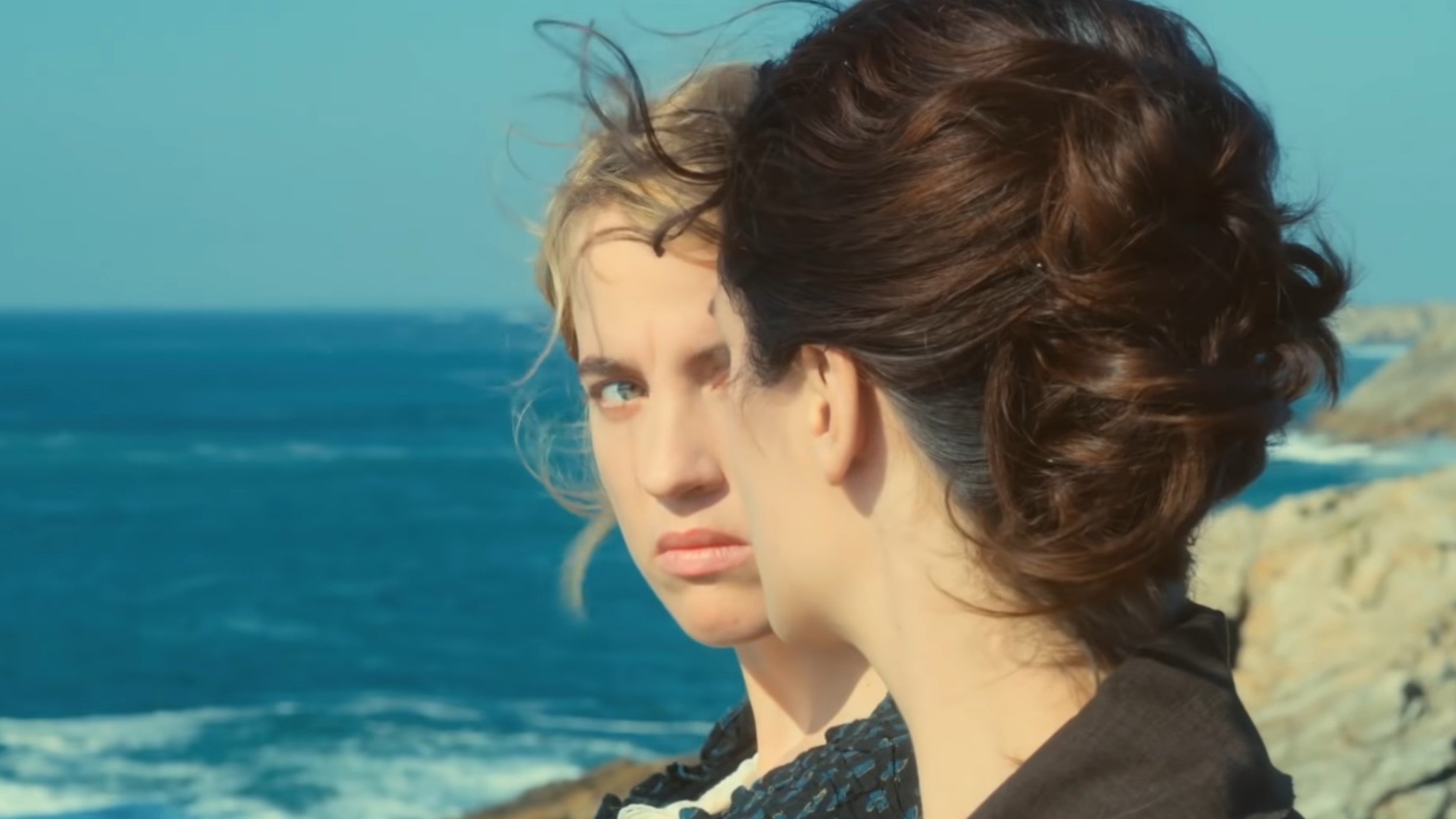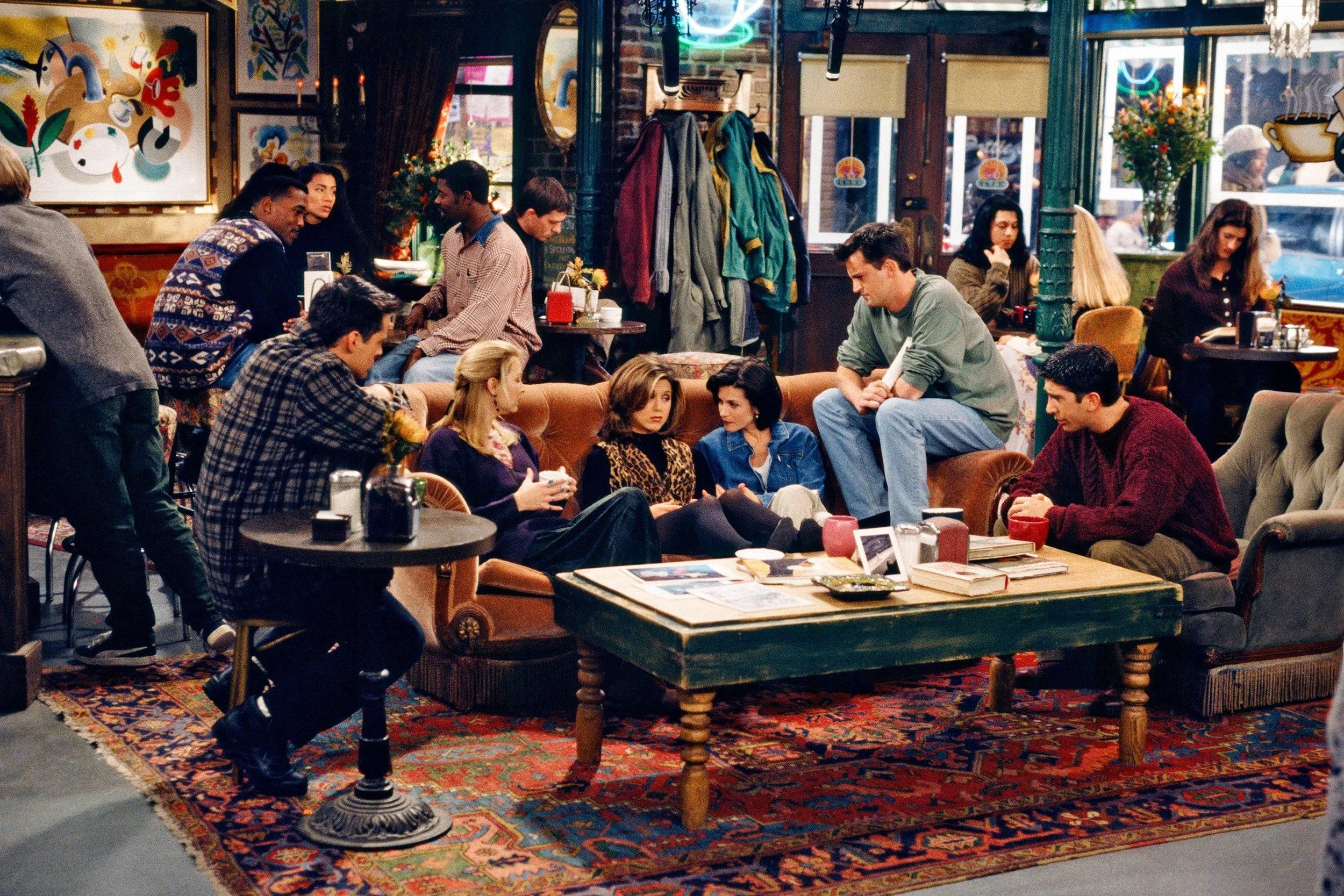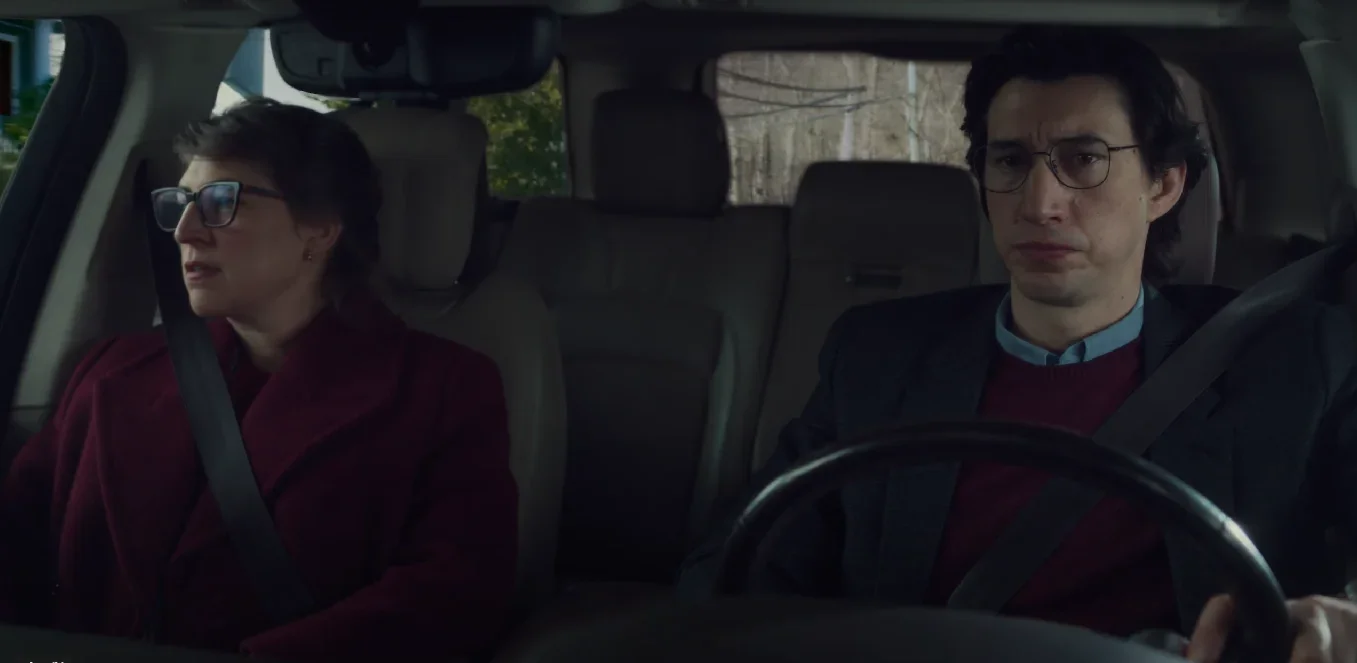Beyond ‘Portrait of a Lady on Fire’: On Male Gaze and Its Grip on Our Community
Beyond ‘Portrait of a Lady on Fire’: On Male Gaze and Its Grip on Our Community
Feature art by Abigail Manaluz
Syncopated rhythms and sultry R&B melodies suddenly pervade the scene. An elegant silhouette emerges as a woman, donned in a skin-tight dress, enters with poise. The camera, with meticulous precision, accentuates her legs and curves, leaving a trace of irresistible seduction that makes the onlookers drool. Within this microcosm of visual splendor, the female is diluted into a mere subject of stimulation from the viewers; she is purposefully oversimplified. Now kindly ask yourselves: Isn't this frequently observed in the media we consume?
Perhaps it's just that inescapable.
I've witnessed an overwhelming surplus of 'ideal' female portrayals saturating every corner of entertainment, from films and television shows to music videos and video games. Male creatives habitually exploit this motif, whether for plot development, provocative allure, or clichéd gimmicks, reducing women to vessels of projected fantasy. In this contorted narrative, a woman's identity becomes nothing more than a curated vessel, exclusively tailored for male consumption. The undeniable truth is that we are inundated, drowning even in these overt refractions of femininity.
Céline Sciamma acknowledges this through her 2018 masterwork ‘Portrait of a Lady on Fire', which not only won the prestigious Palme d'Or, making her the second female filmmaker to win the award, but also sought to magnify the woman’s perspective, opening the conversation about how we manifest our desires by means of the way we look, underscoring the profundity of visual representation. It explores the relationship of two women as they grapple with societal conventions and power dynamics, often resulting in an intimate glimpse of a love unconfined by nothing but their bond. Through this storyline, Sciamma challenges the traditional viewpoints of agency and feminine identity while also offering a powerful critique of the male-centric gaze that is all-encompassing in our media.
Still from Portrait of a Lady on Fire.
This ultimately echoes the groundbreaking work of British filmmaker and theorist Laura Mulvey in her essay "Visual Pleasure and Narrative Cinema," coining the term "male gaze." She argued that prevalent media spectacles resolving around femme individuality reveal the widespread yet subtle objectification of women. She pointed out that we're conditioned to see women through patriarchal filters, focusing on how their bodies are framed and how the camera leisurely glides over them. This illustrates the entrenched gender hierarchy in which women are reduced to meager cogs for the upward trajectory of heterosexual men, completely stripped of their agency.
The ‘Fast and Furious’ franchise serves as one example that wears its toxic commitment to use women as passive background fodder way too much. It’s not even hyperbolic, making it more crushingly sad and distressing. One cannot sit through one of the films in this multimillion-dollar series without encountering not one, not two, but at least five onslaughts of slow-motion shots on women’s legs and butts. It's as if these gratuitous moments are wielded so consistently and desperately, regardless of narrative relevance, in a bid to hold the male audience’s attention span and conveniently form a pathetic ploy to titillate and exploit. In a franchise so commercialized that it’s become a cultural kitsch at this point, the insistence on including these kinds of scenes is outright disheartening. And this is just one of many instances in the film industry.
Keep in mind that the ramifications of the male gaze branch out far beyond the confines of movies. The persistent belief that this skewed perspective is a normative expectation between the two sexes is derived from the unrelenting rush of content where idealized representations of women are continually being made for the self-serving elevation of men and for women to be the stepping stones in the uphill climb. Within this structure, women are not only subjected to being objects of desire but also casualties in a struggle for purpose. They are hopelessly relegated to secondary roles in a narrative written by and for men.
Perceived gender roles have had and will continue to have evident connotations of power. The male gaze can potentially amplify this eminent inequality and, in turn, enable men to think that they have an ill-advised entitlement to impose the idea that they’re far more superior. Our culture has always been cuffed in male-centric ideologies, hence funneling the value of the other sex to be something "lesser.” In the words of author Charlotte Gilman, "Of all crippling hindrances in false ideas, we have none more universally mischievous than this root error about men and women." And we are subconsciously extending this through the lens of the male gaze, which can propel the saddening depravities.
According to research, 25 to 85% of working women have gone through sexual harassment or abuse at work. There is a heightened incidence of violence against women in sex-based engagements in hundreds of countries across the world. According to Susan Faludi, author of "Backlash: The Undeclared War Against American Women," male workplace animosity against women is linked to men's perceptions of a man's societal position. This suggests that men's viewpoint of women as objects of enticement and conquest might be deliberately shaped by the permeating male gaze in our media exposure that has been present for generations.
This concept of purely gazing at the externality of women plays a primary role in subsisting in an environment where the masculine is perceived to have more flesh and teeth. Because such an outlook is constantly regulated, most men ignore the opportunity to be fair and just with the opposite sex and bow to the appetite of using women just for self-gratification—tools that are only useful when desired. Trying to fix a broken compass while refusing to be aware of the true direction of progress is pointless, much like how we tend to quickly turn a blind eye to this problem and call it a day, hoping that someone else will take care of it tomorrow.
Subverting the male gaze is a formidable challenge, given its longstanding influence in the film industry and, generally, on our society. Even wearing "modest" clothing nowadays can lead to unwanted assaults and ignorant beliefs, illustrating how pervasive this issue has become. It's unfortunate that many consider this the standard or a simple matter of thrill, but we must remember that collective acceptance doesn't determine moral propriety. Recognizing this is the first step in immobilizing the cyclical discrimination and injustice towards women. No one holds the gavel of judgment as to how we quantify a person’s place in our community, and no one should endure mistreatment brewed from misguided and arrogant notions of social authority.
As individuals who have the intellect to understand and as advocates for a more equitable space, we must necessitate being critical about what we watch and read. In lieu of being reluctant and apathetic while responding to seemingly trivial concerns, we have to push ourselves to actively engage in the content we absorb, may it be movies or a different medium. We must not be complacent and foster this behavior that has become an ingrained habit for a lot of people. We are better than this. Let's look beyond physicality and appreciate women for who they are, not just what meets the eye. Only then can we sever the ties that have been weaved for generations.
At the end of the day, I admit that I am just a man who often searches for 300-kilobyte Pinterest fan art associated with 'A Portrait of a Lady on Fire' in my spare time, humbled by my limited understanding of women's experiences. Yet, I always say without reservation that I am shaped by them. The unparalleled strength and fervor of my mother and the ever-compassionate presence of my sister, both of whom have been unfairly wronged by men countless times—whether on jeepney rides, through fragile yet egotistical exes, or within church choir meetings—have not only molded my values and who I am now but also illuminated a truth I am always proud to defend: A woman's value transcends any gaze.
References:
Mulvey, L. (1989). Visual and other pleasures. Palgrave Macmillan.
Select Task Force on the study of Harassment in the workplace. (n.d.). US EEOC. https://www.eeoc.gov/select-task-force-study-harassment-workplace#_Toc453686297
Gilman, C. P. (1970). The Man-Made world; or, our androcentric culture. http://ci.nii.ac.jp/ncid/BA28450175
Faludi, S. (1991). Backlash: The undeclared war against American women. https://ci.nii.ac.jp/ncid/BA82287320



















